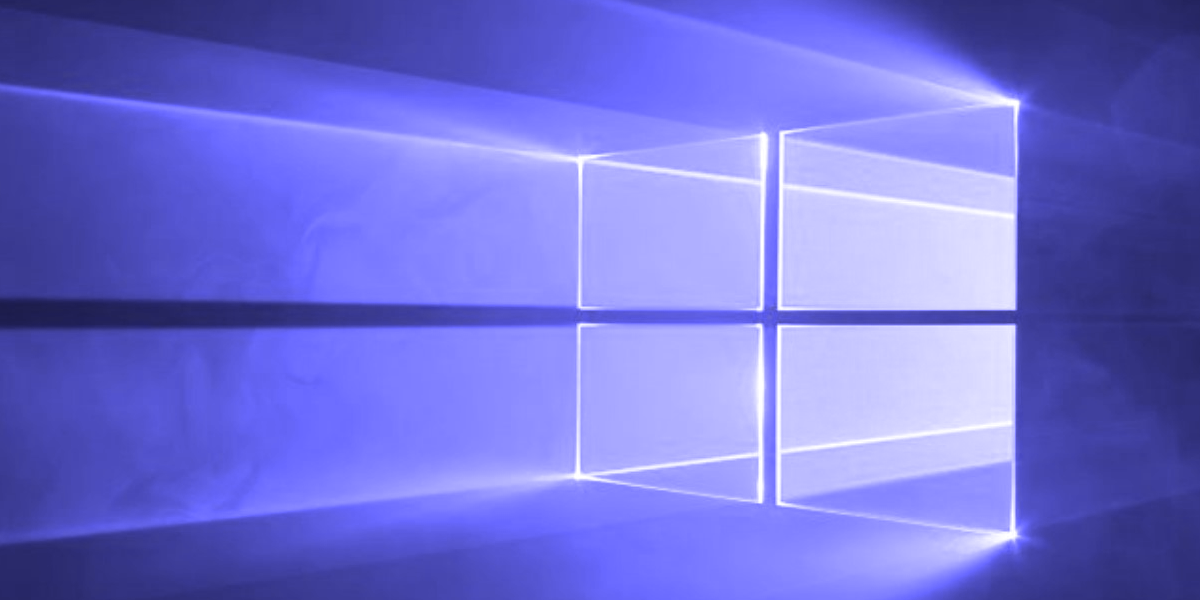Microsoft has announced the security updates for February 2022.
February 2022 Security Updates
Updates this Month
This release consists of security updates for the following products, features and roles.
- Azure Data Explorer
- Kestrel Web Server
- Microsoft Dynamics
- Microsoft Dynamics GP
- Microsoft Edge (Chromium-based)
- Microsoft Office
- Microsoft Office Excel
- Microsoft Office Outlook
- Microsoft Office SharePoint
- Microsoft Office Visio
- Microsoft OneDrive
- Microsoft Teams
- Microsoft Windows Codecs Library
- Power BI
- Roaming Security Rights Management Services
- Role: DNS Server
- Role: Windows Hyper-V
- SQL Server
- Visual Studio Code
- Windows Common Log File System Driver
- Windows DWM Core Library
- Windows Kernel
- Windows Kernel-Mode Drivers
- Windows Named Pipe File System
- Windows Print Spooler Components
- Windows Remote Access Connection Manager
- Windows Remote Procedure Call Runtime
- Windows User Account Profile
- Windows Win32K
Please note the following information regarding the security updates:
Security Update Guide Blog Posts
Date Blog Post January 11, 2022 Coming Soon: New Security Update Guide Notification System February 9, 2021 Continuing to Listen: Good News about the Security Update Guide API January 13, 2021 Security Update Guide Supports CVEs Assigned by Industry Partners December 8, 2020 Security Update Guide: Let’s keep the conversation going November 9, 2020 Vulnerability Descriptions in the New Version of the Security Update Guide Relevant Information
- The new Hotpatching feature is now generally available. Please see Hotpatching feature for Windows Server Azure Edition virtual machines (VMs) for more information.
- Windows 10 updates are cumulative. The monthly security release includes all security fixes for vulnerabilities that affect Windows 10, in addition to non-security updates. The updates are available via the Microsoft Update Catalog. For information on lifecycle and support dates for Windows 10 operating systems, please see Windows Lifecycle Facts Sheet.
- Microsoft is improving Windows Release Notes. For more information, please see What's next for Windows release notes.
- A list of the latest servicing stack updates for each operating system can be found in ADV990001. This list will be updated whenever a new servicing stack update is released. It is important to install the latest servicing stack update.
- In addition to security changes for the vulnerabilities, updates include defense-in-depth updates to help improve security-related features.
- Customers running Windows 7, Windows Server 2008 R2, or Windows Server 2008 need to purchase the Extended Security Update to continue receiving security updates. See 4522133 for more information.
FAQs, Mitigations, and Workarounds
The following CVEs have FAQs, Mitigations, or Workarounds. You can see these in more detail from the Vulnerabilities tab by selecting FAQs, Mitigations and Workarounds columns in the Edit Columns panel.
- CVE-2022-0452
- CVE-2022-0453
- CVE-2022-0454
- CVE-2022-0455
- CVE-2022-0456
- CVE-2022-0457
- CVE-2022-0458
- CVE-2022-0459
- CVE-2022-0460
- CVE-2022-0461
- CVE-2022-0462
- CVE-2022-0463
- CVE-2022-0464
- CVE-2022-0465
- CVE-2022-0466
- CVE-2022-0467
- CVE-2022-0468
- CVE-2022-0469
- CVE-2022-0470
- CVE-2022-21844
- CVE-2022-21926
- CVE-2022-21927
- CVE-2022-21965
- CVE-2022-21968
- CVE-2022-21971
- CVE-2022-21974
- CVE-2022-21984
- CVE-2022-21985
- CVE-2022-21986
- CVE-2022-21987
- CVE-2022-21988
- CVE-2022-21989
- CVE-2022-21991
- CVE-2022-21992
- CVE-2022-21993
- CVE-2022-21995
- CVE-2022-21997
- CVE-2022-21998
- CVE-2022-22003
- CVE-2022-22004
- CVE-2022-22005
- CVE-2022-22709
- CVE-2022-22712
- CVE-2022-22716
- CVE-2022-22717
- CVE-2022-23252
- CVE-2022-23254
- CVE-2022-23255
- CVE-2022-23256
- CVE-2022-23261
- CVE-2022-23262
- CVE-2022-23263
- CVE-2022-23269
- CVE-2022-23272
- CVE-2022-23274
- CVE-2022-23276
- CVE-2022-23280
Known Issues
You can see these in more detail from the Deployments tab by selecting Known Issues column in the Edit Columns panel.
For more information about Windows Known Issues, please see Windows message center (links to currently-supported versions of Windows are in the left pane).
KB Article Applies To 5010342 Windows 10, version 20H2, Windows Server, version 20H2, Windows 10, version 21H1, Windows 10, version 21H2 5010351 Windows 10, version 1809, Windows Server 2019 5010354 Windows Server 2022 5010384 Windows Server 2008 (Monthly Rollup) 5010392 Windows Server 2012 (Monthly Rollup) 5010395 Windows 8.1, Windows Server 2012 R2 (Security-only update) 5010403 Windows Server 2008 (Security-only update) 5010404 Windows 7, Windows Server 2008 R2 (Monthly Rollup) 5010412 Windows Server 2012 (Security-only update) 5010419 Windows 8.1, Windows Server 2012 R2 (Monthly Rollup) 5010422 Windows 7, Windows Server 2008 R2 (Security-only update) 5002135 SharePoint Server 2019
Security Update Guide - Microsoft Security Response Center

